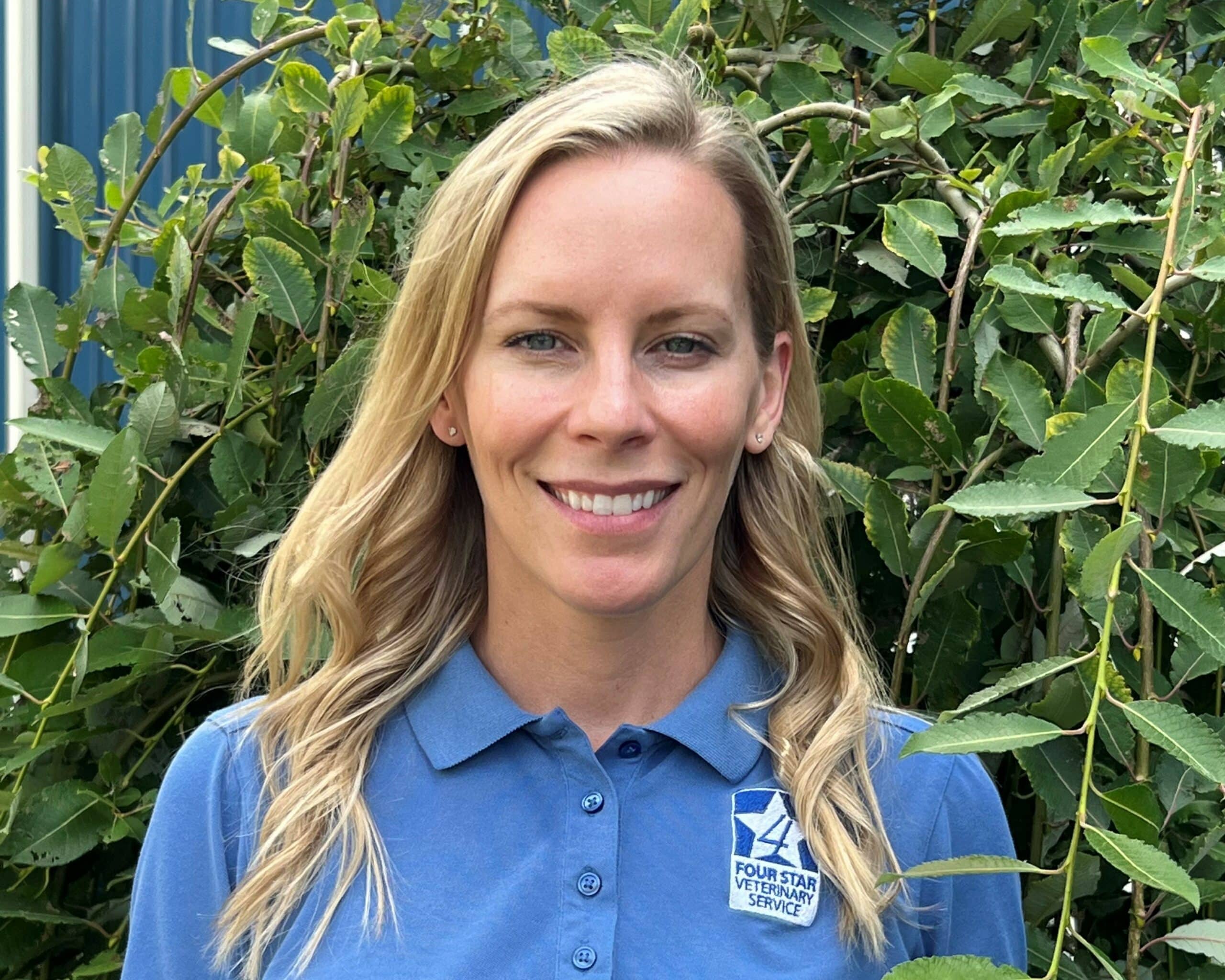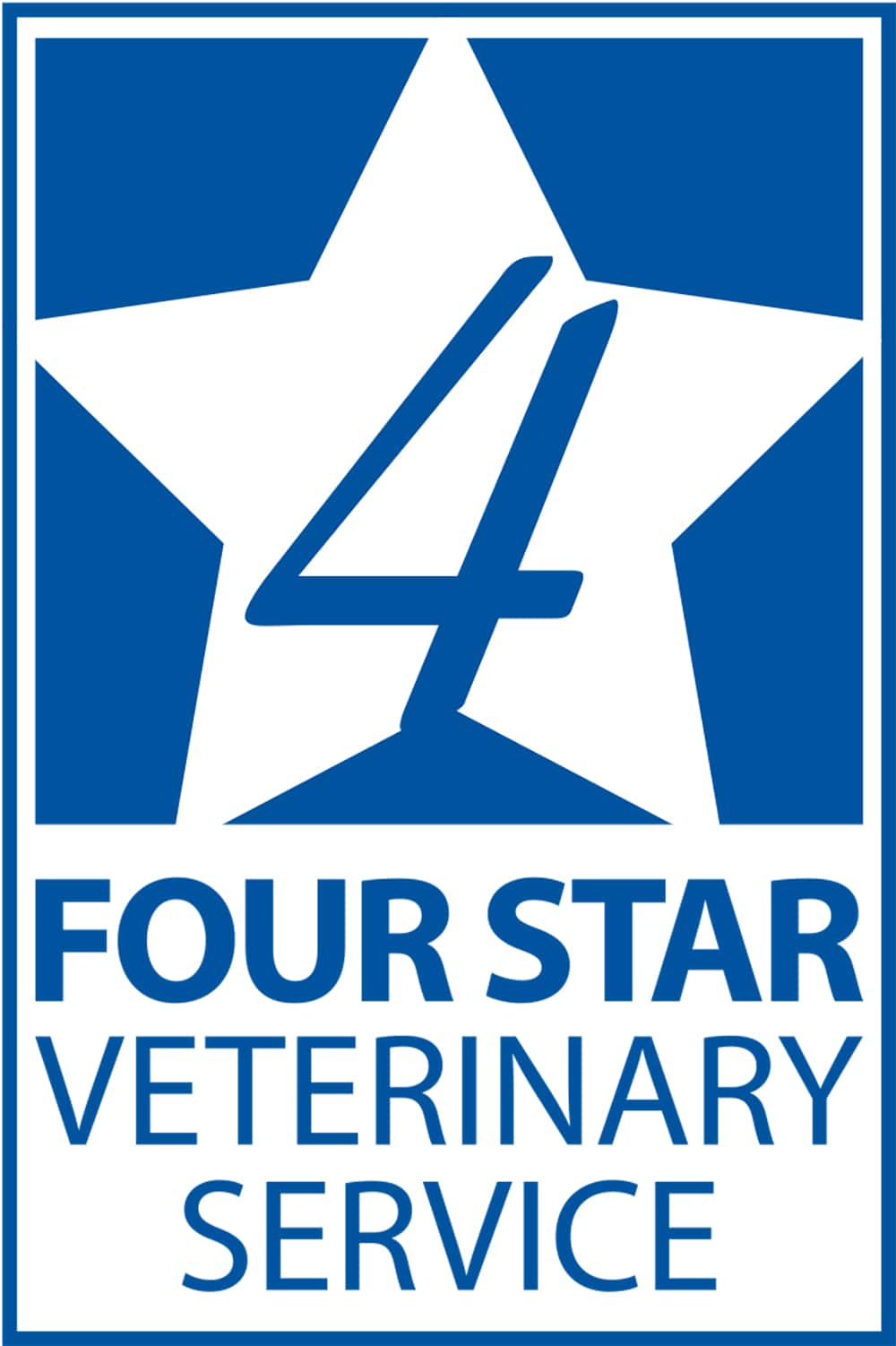
Laura Carroll, DVM (NCST ‘16) is a prime example of the trend in veterinary medicine. She grew up in the suburbs and had no ag background. Her original career path was heading toward human medicine when fate landed her a part time job at a veterinary clinic while in undergrad school. She developed a passion for veterinary medicine.
“After graduating undergrad, I still needed to complete a few prerequisite courses in order to apply for veterinary school, so I worked as a veterinary technician, and I took classes at night and weekends to get into vet school,” she recalls. “My plan was to become a small animal veterinarian until I spent a summer working for Michael Pierdon, VMD (U of PA ‘05). It was during my time with Four Star Veterinary Service that I fell in love with swine medicine. That summer was the first time I had spent much time interacting with pigs let alone picking one up. Dr. Pierdon’s passion for swine medicine inspired me to pursue swine medicine. I have never regretted my decision and love being a part of the swine industry.”
According to Dr. Pierdon, owner of the Lancaster Swine Health Services office of Four Star Veterinary Service and 2009 AASV’s Young Swine Veterinarian of the Year, “Mentoring young veterinarians is a huge part of our mission as swine veterinarians. We owe it to our clients to constantly allow vet students and young veterinarians the chance to see how great a job (and lifestyle) we all have and how com- mitted the entire food chain is to high-quality protein production and the continuation and success of the family farm. Dr. Carroll is just one example of how mentoring has paid off to expand our profession to the next generation of swine veterinarians.”
However, anyone who knows Dr. Carroll can attest, she has never been afraid to ask for help. “Once I was accepted to veterinary school, I got in contact with as many swine practices as I could and rode with vets as often as school allowed. It did not take many truck rides to solidify my decision to go towards swine medicine. I had kept in contact with Dr. Pierdon and worked at the clinic during breaks, so when I graduated, I called him and told him he should hire me full time and he agreed. I’ve been here ever since,” she smiles.
Dr. Carroll’s persistence is a lesson in how veterinary students interested in working in their field immediately out of college should track. “It’s all about building relationships and keeping those contact active as you move through vet school,” she notes. ”The good thing about swine medicine is that most veterinarians see value in providing long-term, continuous care for their customers, even after they’ve retired. They want relationships with potential associates, and they are all willing to share their knowledge freely. It’s up to students to seek out those mentorship opportunities and explore the veterinary path you’ve chosen. Shadowing vets is one the best experiences you can obtain while in school.”
Dr. Carroll says she especially enjoys the detective side of swine medicine. “When you walk inside a barn with coughing pigs and you can help that client by tracking down the cause and providing a solution, it is a very fulfilling experience,” she says. “I also enjoy the fact that I can impact a large number of animals with my diagnosis. It’s a rewarding feeling to be able to treat and save animals.”
While not on the scale of Iowa in pig density, Pennsylvania’s pork industry ranks 12th in production in the United States with over 2,700 independent producers and over 320,000 sows.
“Most of my work is in Pennsylvania but we also service the Mid-Atlantic region of New York, Maryland, Delaware, and Eastern Ohio. We’re a little different as we deal with a lot more niche-type markets, i.e., antibiotic free, organic, small hobby farms, with some of those producers selling into metro areas of NY, DC, etc. Being private practitioners, we get into show pigs and pet pigs quite a bit, which can be an interesting change of pace. I love the diversity of our clients and pigs.”
Dr. Carroll says they are fortunate to not see as much PRRSv as other areas of the country. “We have a lot of naïve sow farms here, so when we do see PRRSv, it typically makes economic sense to eliminate the disease through an eradication program. We deal with influenza most of the year and use ORAL-PRO® as our first line of treatment to reduce fevers and keep pigs eating. We lean heavily on SwineMate® (altrenogest), especially for any startups and for sow farms with batch farrowing that need a timed breeding window. It’s got a great price value to our customers and has worked extremely well for us.”
Dr. Carroll adds, “One of the many benefits of working here is that Dr. Pierdon is a strong advocate of work-life balance and I think more large animal practices are recognizing this need to attract new associates. We are focused on efficiency and getting the job done well and in a timely manner,” she notes. “As a woman in a large animal medicine where we deal with heavy, sometimes aggressive animals, there can be times where we need a different approach to accomplish a task, but I have never felt I’m at a disadvantage being a woman in swine medicine.”
In conclusion Dr. Carroll adds, “Working under the Four Star umbrella with 20+ vets in multiple geographical areas was a real benefit to me upon graduation and has continued to provide value throughout my career. Whenever I need advice, I can call any of my Four Star colleagues to answer questions and provide recommendations. It’s good to know you have that wealth of knowledge and decades of swine-specific experience at your fingertips. I am fortunate to be part of a veterinary team with a wide array of expertise that is just a phone call away. Ultimately, I believe our clients are the true benefactors of this alliance.”
*ORAL-PRO and SwineMate are registered trademarks of Aurora Pharmaceutical, Inc.
